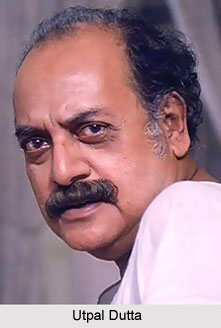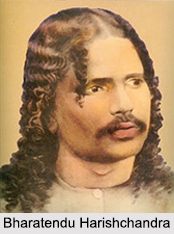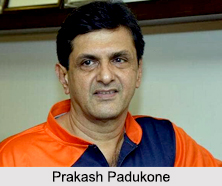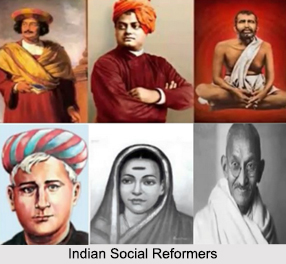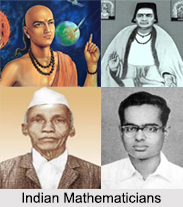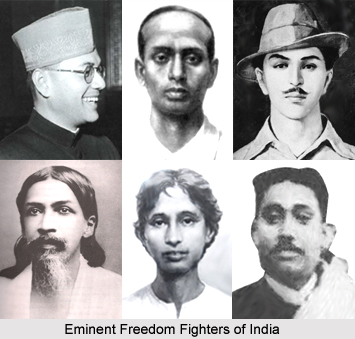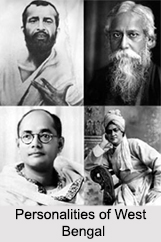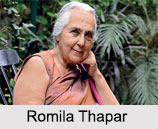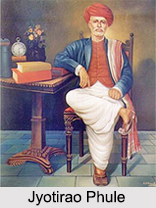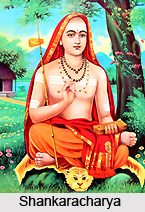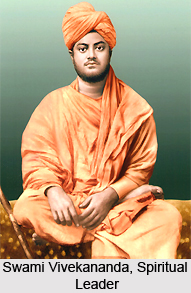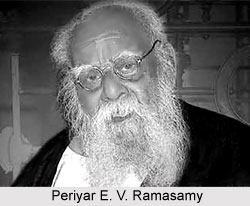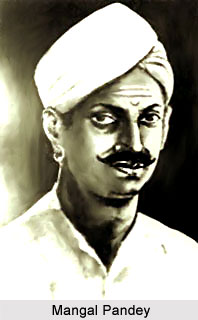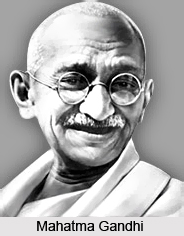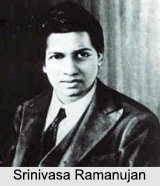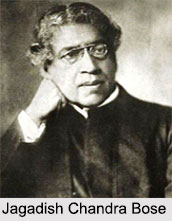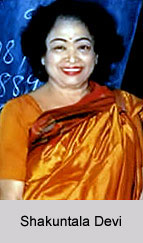 Shakuntala Devi is a famous and much venerated Indian mathematician who is considered as a genius and is popularly known as the Human Computer. In 1977, Shakuntala extracted the 23rd root of a 201-digit number mentally, 12 seconds faster than the Univac-1108. She even occupies a place on the 1995 Guinness Book of Records for her skills. It was her passionate interest in exploring and increasing the learning capacity of the human mind that led her to build up the concept of Mind Dynamics.
Shakuntala Devi is a famous and much venerated Indian mathematician who is considered as a genius and is popularly known as the Human Computer. In 1977, Shakuntala extracted the 23rd root of a 201-digit number mentally, 12 seconds faster than the Univac-1108. She even occupies a place on the 1995 Guinness Book of Records for her skills. It was her passionate interest in exploring and increasing the learning capacity of the human mind that led her to build up the concept of Mind Dynamics.
Early Life of Shakuntala Devi
Shakuntala Devi was born on 4th of November, 1939 in Bengaluru in a well-known Brahmin priest family. She did card tricks with her father when she was only three. Shakuntala Devi received her early lessons in mathematics from her grandfather. By the age of 5, Shakuntala Devi became an expert in complex mental arithmetic and was recognised as a child prodigy. She demonstrated her talents to a large assembly of students and professors at the University of Mysore a year later. When she was 8 years old, she demonstrated her talents at Annamalai University.
Contributions of Shakuntala Devi
In the year 1977, Shakuntala Devi mentally solved the 23rd root of a 201 digit number without any help from mechanical aid. In 1980, 18th June she solved the multiplication of 13 digit number 7,686,369,774,870 and 2,465,099,745,779 picked up by the computer science department of imperial college, London. Shakuntala solved the question in a flash and took 28 seconds to solve the entire problem, and her answer was 18,947,668,177,995,426,462,773,730. This amazing incident helped her get a place in the Guinness book of world record. She has been travelling around the globe performing for the student community, Prime Ministers, Presidents, Politicians and Educationalists.
Shakuntala Devi as an Author
Shakuntala Devi has authored a few books. She shares some of the methods of mental calculations in her world famous book, Figuring: The Joy of Numbers. Puzzles to puzzle You, More Puzzles to puzzle you, The Book of Numbers, Mathability: Awaken the Math Genius in Your Child, Astrology for you, Perfect Murder, In the Wonderland of Numbers are some of the popular books written by her. Her book, In the Wonderland of Numbers, talks about a girl Neha, and her fascination for numbers. Her other famous books include Astrology for You and The World of Homosexuals.
Shakuntala Devi is an excellent astrologer as well and provides remedies based on date and time of birth and place. Her clients include celebrities and well known personalities from various fields.

